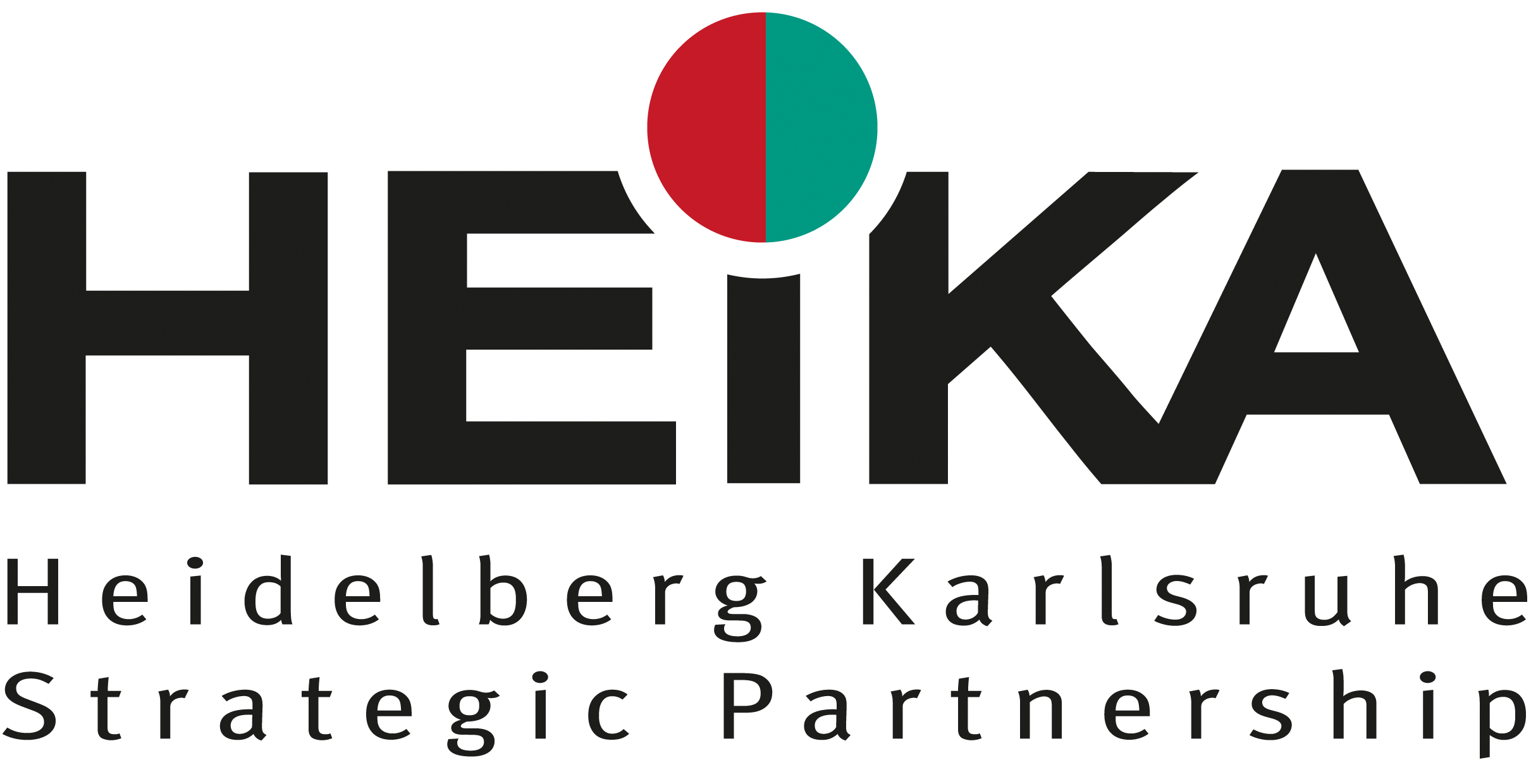Cerebral amyloid angiopathy (CAA) is a neurodegenerative disorder and results in vascular dysfunction, microinfarcts and brain bleedings. Stem cells were found to be a potent regenerative therapy in the related Alzheimer’s disease, but their targeting is difficult since they are hindered by the blood-brain barrier (BBB). Focused ultrasound (FUS) provides a new strategy for stem cell application. It is able to open the BBB in a noninvasive, local and transient way. Its combination with magnetic resonance imaging (MRI) allows for guidance, targeting and monitoring in real time (MRgFUS). Challenges result from the acoustic pressure weakening deriving from the skull or targeting of the ultrasound focus. Additionally, settings and application protocols in pre-clinical studies with animal models differ significantly. Therefore, ultrasound parameters like frequency, burst duration, burst repetition frequency, total exposure time and acoustic pressure amplitude have to be fine-tuned for safe BBB opening. Furthermore, there is a tremendous lack of knowledge regarding to the formation of brain bleedings post FUS. The proposed HEiKA project aims at developing and evaluating a non-invasive and reliable BBB opening in mice to enable systemic administration of stem cells to brain parenchyma. In order to establish a reliable BBB opening protocol, we first focus on an adequate therapy planning using automated segmentation of mouse anatomy and estimation of the FUS parameters with acoustic or elastic simulations. Second, we will do animal experiments in a transgenic mouse model for CAA in order to estimate appropriate simulation parameters and to evaluate BBB opening protocols in aged animals. The long-term goal of our collaborative project is to examine the neuroprotective and regenerative effect of stem cells on amyloid metabolism and CAA. Findings of this proof of principle project will then be usable for further cell-based therapies in central nervous system (CNS) disorders.
Research bridges
Run-time
-
Institut für Prozessdatenverarbeitung und Elektronik
Karlsruher Institut für Technologie

